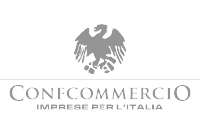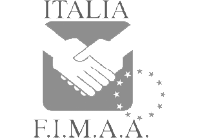
Italian education is free for every citizen no matter their nationality although you can also find private schools. Italian education is compulsory from 6 to 16 years of age. We can divide it into five stages: kindergarten (Scuola dell’infanzia), primary school (Scuola Primaria or Scuola Elementare), lower secondary school (Scuola Secondaria di primo grado or scuola media), upper secondary school (Scuola Secondaria di secondo grado or scuola superiore) and university (Universita).
Before primary education kids usually go to kindergarten for 3 years. It is not compulsory but every kid is entitled to a place.
At the age of 6 they start their compulsory education, what we call primary school (Scuola Primaria o Scuola Elementare). During these 5 years students learn how to write and read and they study subjects such as Mathematics, Geography, Italian, English and science. Some other studies like music lessons, religion, computer studies or social studies can also be offered. Each class has around 10-25 pupils. Since 2004, there is no exam required to get to lower secondary school.
Between the ages of 11-19, students go to Secondary School, which can be divided in two stages: Scuola Secondaria di primo grado and Scuola Superiore di secondo grado. Lower Secondary School corresponds to the Middle School grades. Students have at least 30 hours per week and they get a report at the end of each term. At the end of their third year they have a written and oral exam that they must pass in order to get what they call “Licenza Media” which corresponds to the British GCSE.
Once they have passed the exam, they can then assist Upper Secondary School. This stage lasts five years (from ages 14-19). We can distinguish three types of upper secondary school: Liceo (specialized in the specific field of humanities, science or art), Istituto tecnico (specialized in the specific field of administration, law, technology, tourism and economy offering a 3-6 month internship) and Istituto professionale (education oriented towards practical subjects: handicrafts, gastronomy, technical assistant, etc.).
Any type of Secondary school that lasts 5 years grants access to the final exam, which corresponds to the British A levels. If you pass the exam you will receive what is called “Diploma di Scuola Superiore” or “Diploma de Maturita”, a diploma required to go to University.
Italy offers a large and international network of public universities. They are managed under the supervision of Italian’s Ministry of Education. Tuscany has some of the best Italian Universities. Pisa University has been recognized as one of the best campus in Europe due to their quality in education. Universities in Italy have become worldwide known and they attract every year millions of foreign students.














